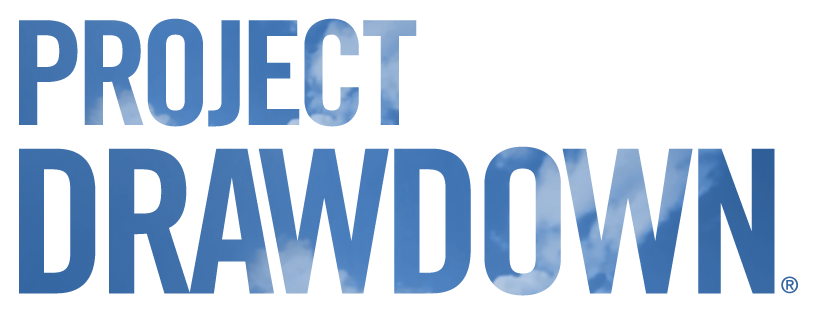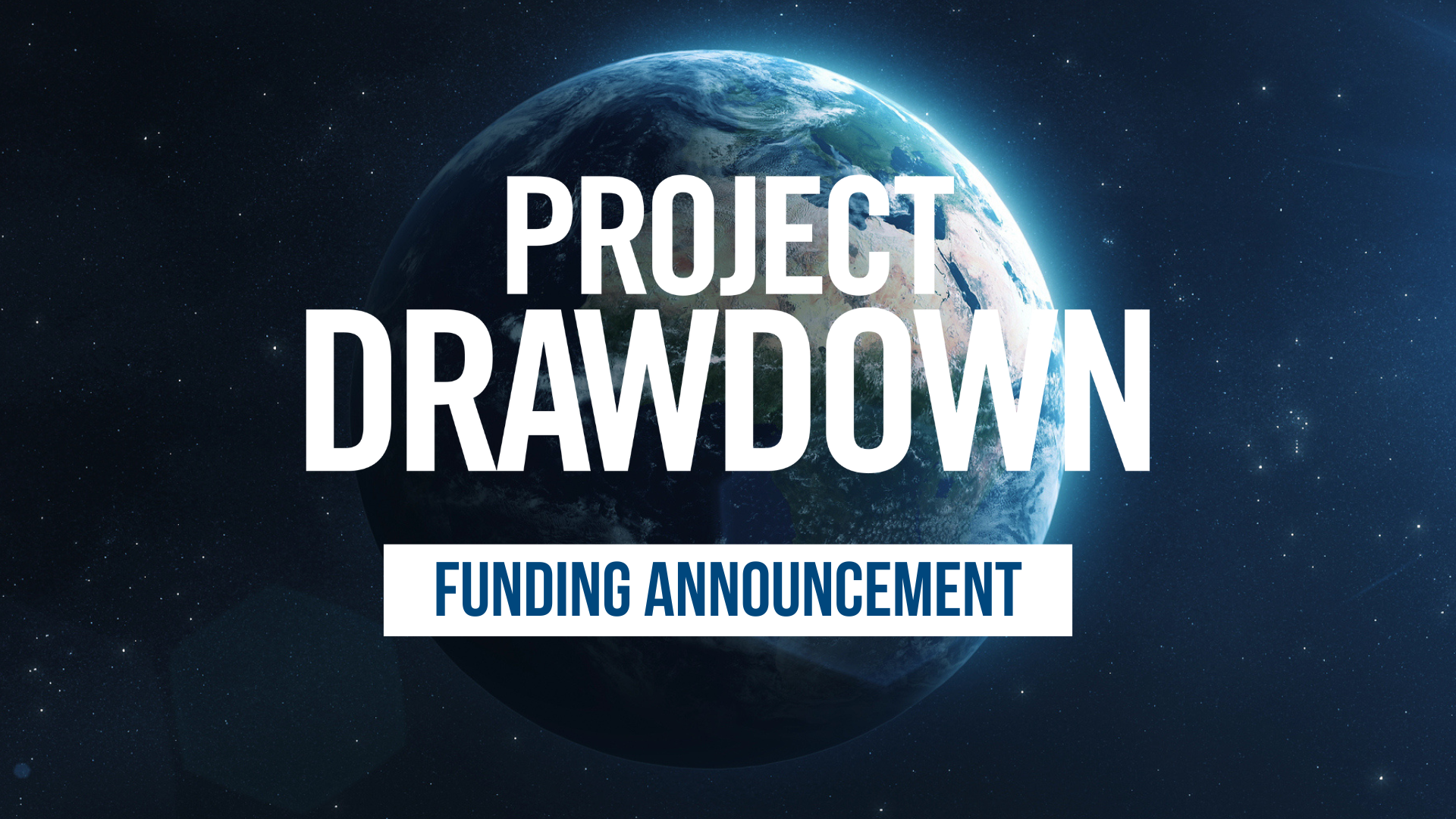Doughnut Design for Business
Can what’s good for business be good for the planet? Erinch Sahan, business & enterprise lead at Doughnut Economics Action Lab (DEAL), explores that question in this 50-minute webinar hosted by Drawdown Labs.
Doughnut Economics is an economic paradigm for meeting the needs of all people within the means of the planet. This webinar looks at how businesses can apply the concept to become more regenerative through their purpose, networks, governance, ownership, and finance.
By engaging with the Drawdown Labs Business Coalition, DEAL is helping bring Business Model Transformation—a key component of the Drawdown-Aligned Business Framework—to life. Watch now to learn how companies can unlock tangible design elements to help bring humanity into the “Doughnut,” the space that is both ecologically safe and socially just and in which humanity can thrive.
Press Contacts
If you are a journalist and would like to republish Project Drawdown content, please contact press@drawdown.org.



